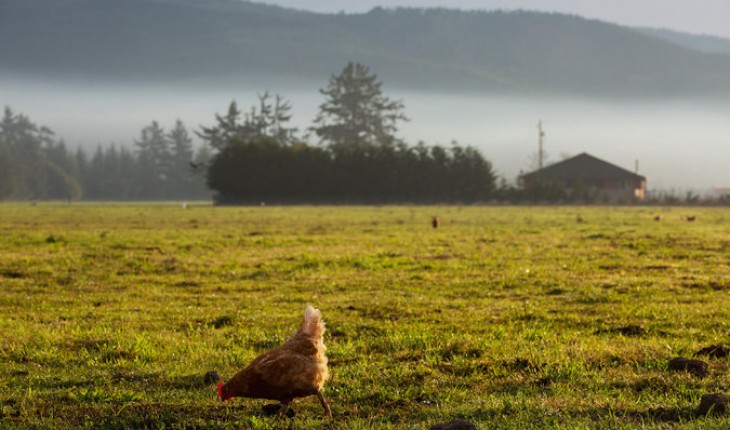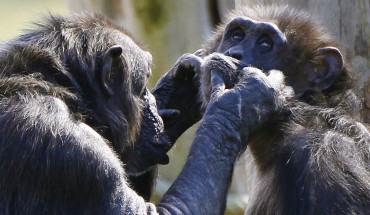Chickens get no respect. Ask any chicken researcher.
When the Arts and Humanities Research Council of Great Britain decided to give about $3 million to a number of academic figures, including Greger Larson, to study the “Cultural & Scientific Perceptions of Human-Chicken Interactions,” the grant caught the eye of someone at The Daily Mail, in England.
“A Birdbrained Idea?”, read the headline over an article that contrasted cuts in entirely unrelated social services with what was portrayed as a silly windfall of chicken money.
Dr. Larson, a professor at Oxford, who is also overseeing a major project on dog evolution, did not laugh.
As he noted recently, the staggering number of chickens in the world — 20 billion or so — is reason enough to study them. And although it may be hard to believe, it seems that neither potpie nor chicken Parmesan was the reason humans domesticated them.
“It looks like from all the evidence that chickens existed for a very long time in association with people and they were not food,” he said.
Today, chickens are just behind pigs and poised to overtake them as the most common source of animal protein in the world. But before the raising of chickens became industrial, they were far less important to human diets, and for thousands of years, their primary role seems to have been in cockfighting or various rituals. Estimates of the time of their domestication are from 7,000 to 10,000 years ago, but a recent report from an archaeological dig in Israel concluded that they were first eaten in significant numbers about 2,200 years ago.
The chicken project will investigate, among other things, just exactly what we were doing with chickens for all that time.
Along the way, it may answer some seldom asked questions, Dr. Larson said, like, “How do chickens get associated with Easter?”
Dr. Larson’s interest is largely in genetics and biological evolution, but domestication is evolution run by humans, so questions about what they wanted from the animals and why they domesticated them are important. And it’s easy to think people in the past had the same attitudes of people now.
But chickens, he said, offer an excellent example of how wrong that assumption can be.
For instance, in an excavation of a village in Austria, where people lived in the early Middle Ages, around the sixth to eighth centuries, archaeologists found people buried with their chickens and other goods. The cockerels were buried with men and the hens with women. And the cocks buried with the high-status men had longer fighting spurs than the chickens buried with poorer men.
And studies of carbon and nitrogen in the bones of people and chickens suggested that chickens and people had been sharing a very similar environment and diet. Apparently, chickens were living near people, not off in coops somewhere.
“The way we interact with chickens now and the way we interact with any of our domestic animals is a radical departure from the way that humans have interacted with animals over the last 15,000 years,” Dr. Larson said.
“Understanding that gives us a much better insight not only into what we’ve had but what we’ve lost.”
He has also come to realize that humor is another way humans connect to chickens, or at least to the idea of chickens.
When the chicken project recently presented a night of chicken humor at a pub in London, called “Why did the chicken …?”, Dr. Larson joined in.
The online description of the program may have broken new scholarly ground by noting a fact not often addressed in the voluminous scientific literature on Gallus gallus: “Chickens are funny.”




